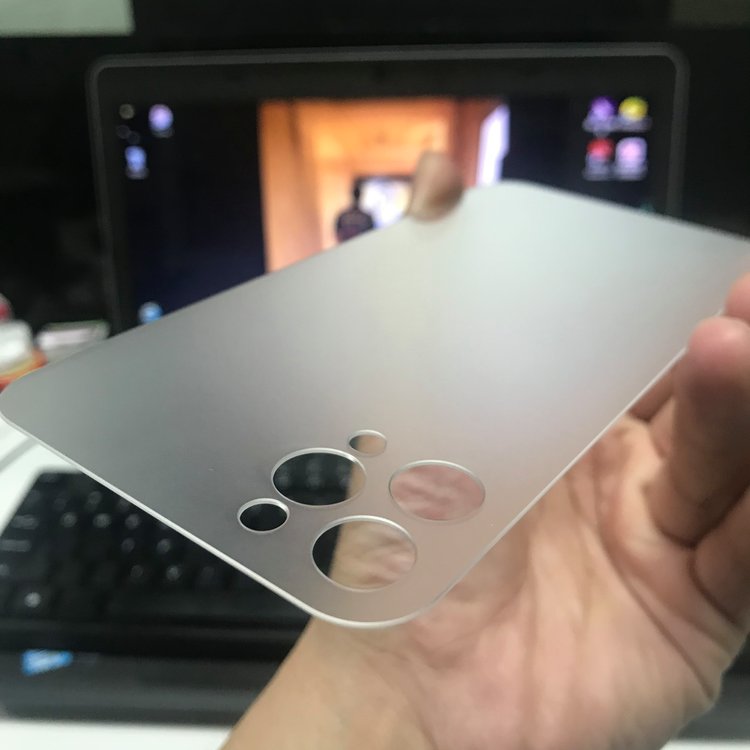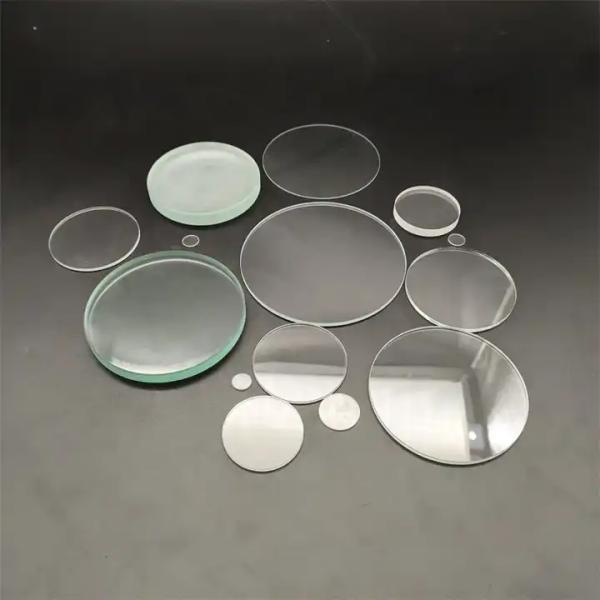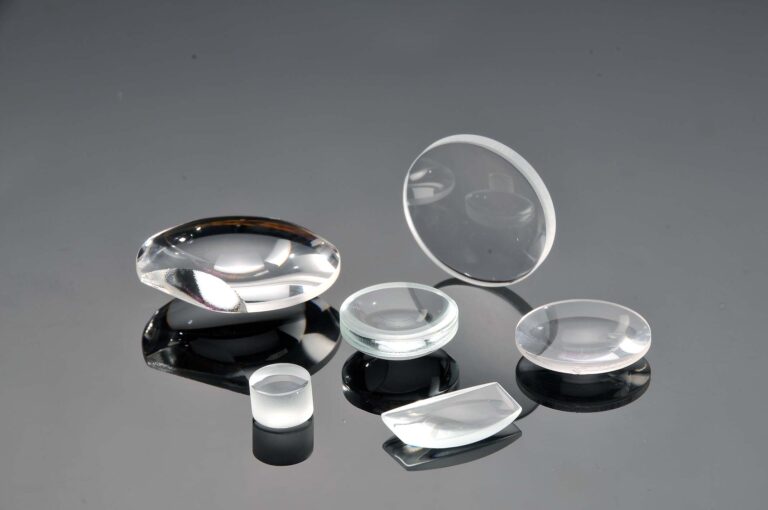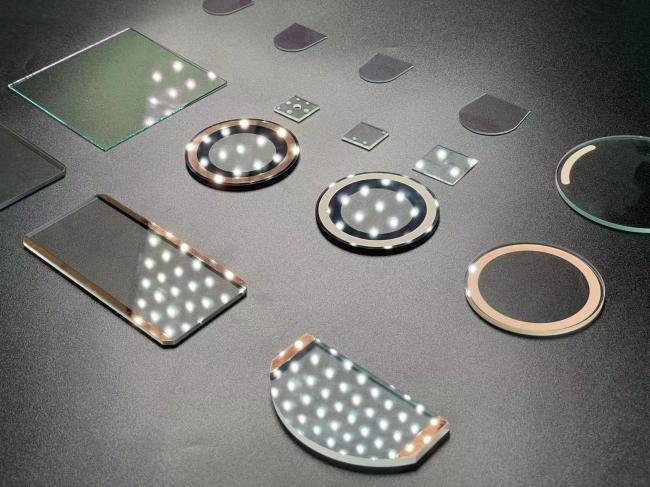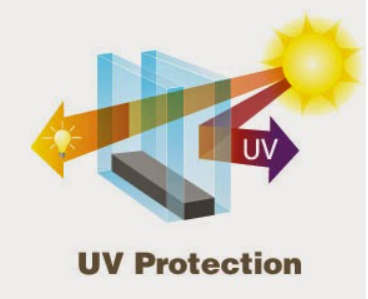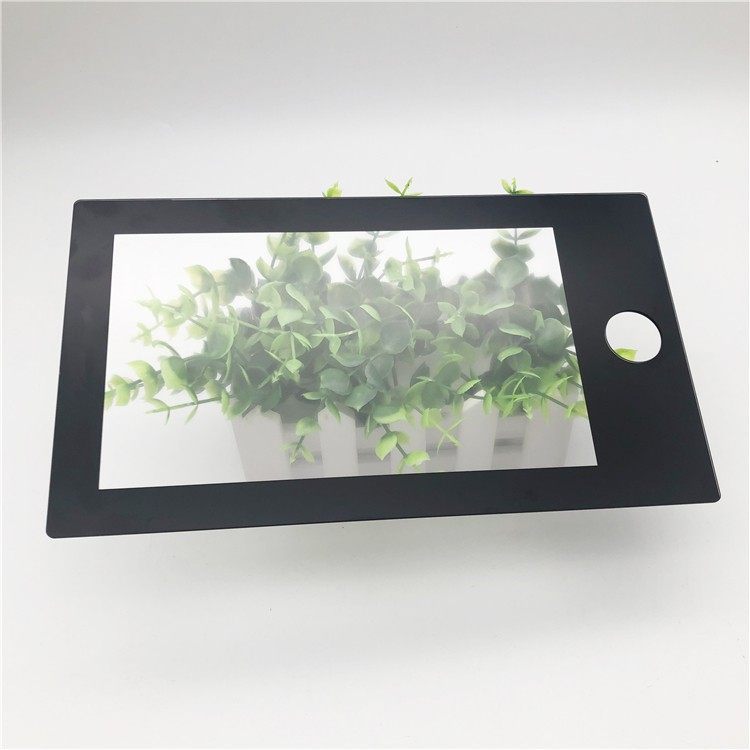
Etching Anti-Glare Glass :
In today’s digital age, the quality of displays and screens is of paramount importance. Whether it’s a smartphone, tablet, television, or computer monitor, one common challenge users face is glare. Glare from ambient light sources can hinder visibility and strain the eyes.
To combat this issue, anti-glare (AG) glass is often employed. While many AG solutions involve applying coatings to the glass surface, an alternative method gaining traction is etching anti-glare glass directly. In this blog post, we will explore the process, benefits, and applications of etching anti-glare glass.
The Basics of Anti-Glare Glass Etching
Etching anti-glare glass is a technique that modifies the surface of the glass to scatter or diffuse light, reducing glare. Unlike coatings that are applied to the glass, etching is a physical alteration of the glass surface itself. This alteration creates microscopic textures that interact with light, redirecting it away from the viewer’s eyes.
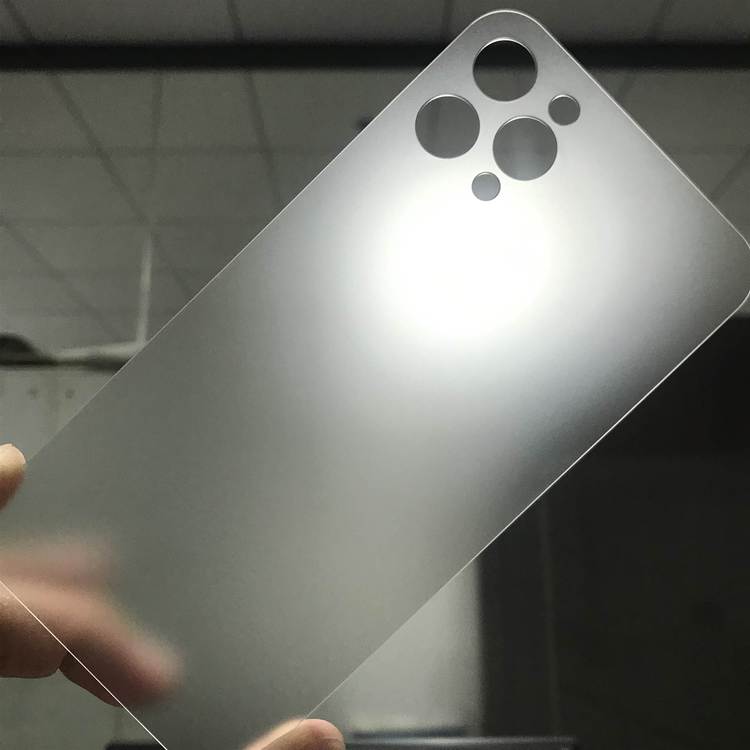
The Process
- Preparation: The process begins with a clean sheet of glass. The glass is thoroughly cleaned to ensure there are no contaminants or impurities on the surface.
- Masking: A mask is applied to the glass surface, leaving only the areas intended for etching exposed. This mask can be made from various materials, including vinyl or specialized etching tape.
- Etching: The exposed areas of the glass are subjected to an etching process. This typically involves using abrasive materials or chemicals to create microscopically rough textures on the glass surface. The depth and pattern of the etching can be customized to achieve the desired anti-glare effect.
- Cleaning: After etching, the glass is thoroughly cleaned to remove any residue from the process, ensuring a clear and transparent finish.
- Removal of Mask: The masking material is carefully removed, revealing the etched anti-glare surface.
Benefits of Etching Anti-Glare Glass
- Enhanced Visibility: Etched anti-glare glass scatters light, reducing reflections and glare. This enhances visibility in various lighting conditions, making it ideal for displays and screens.
- Durability: Unlike coatings that can wear off over time, etching is a permanent modification to the glass surface, ensuring long-lasting anti-glare properties.
- Maintains Optical Clarity: Etching retains the optical clarity of the glass, ensuring that the display’s image quality is not compromised.
- Customization: The depth and pattern of etching can be customized to meet specific requirements, allowing for tailored anti-glare solutions.
Applications
- Consumer Electronics: Etched anti-glare glass is commonly used in smartphones, tablets, laptops, and television screens to improve user experience by reducing glare and reflections.
- Commercial Displays: Businesses and institutions utilize etched anti-glare glass in digital signage, kiosks, and interactive displays to ensure clear visibility for customers and users.
- Automotive: Some high-end vehicles incorporate etched anti-glare glass in their infotainment systems and dashboard displays to enhance driver safety and comfort.
Conclusion
Etching anti-glare glass offers a versatile and effective solution to the problem of glare in modern displays and screens. Its benefits include enhanced visibility, durability, optical clarity, and customization options. As technology continues to advance, etching anti-glare glass is likely to play an increasingly significant role in improving user experiences across various industries. Whether in the palm of your hand or on a large display, the art and science of etching are making the future clearer and more comfortable for all.
AG glass Catalogue: https://tibboglass.com/product-category/ag-glass/
Send inquiry to us : https://tibboglass.com/contact-us/
Tibbo Instragm : https://instagram.com/tibboglass?igshid=OGQ5ZDc2ODk2ZA==
Tibbo Facebook: https://www.facebook.com/profile.phpid=61550780595281&mibextid=LQQJ4d


